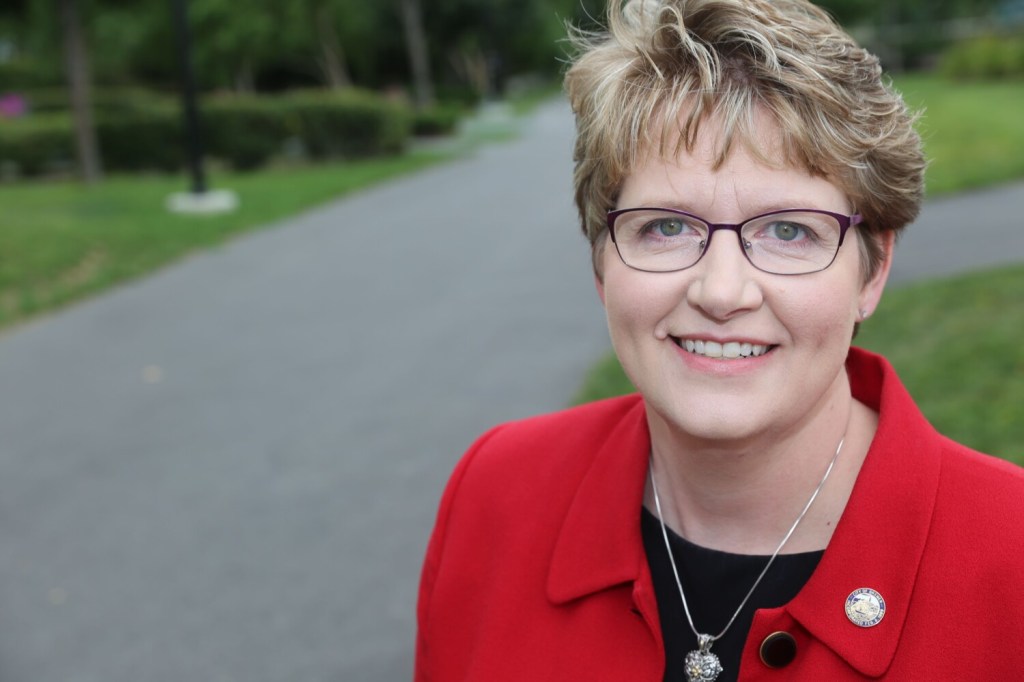The Maine Center for Disease Control is reporting six cases of West Nile virus in birds, and is investigating one case of the mosquito-borne disease in a person.
The virus was detected in crows from Bangor, Bridgton, Fryeburg, Parsonsfield and Sidney. West Nile virus was also found in a hawk in Yarmouth. The Maine Department of Inland Fisheries and Wildlife collected the birds for routine surveillance.
The Maine CDC is also investigating “one case of West Nile virus in a Waldo County resident that was not acquired in Maine, but during travel outside of the state.” The last known human case of West Nile in Maine was in 2018.
Many people who contract West Nile virus do not experience symptoms, but some infected with the virus will experience mild symptoms such as fever, aches, weakness and vomiting. In rare cases, people can experience severe symptoms such as high fevers, neck stiffness, confusion, coma, paralysis and even death.
Maine has already doubled the amount of animals tested positive for West Nile virus, with three animals testing positive in 2023. No mosquito pools have tested positive for West Nile Virus yet this year, and there was one mosquito pool that tested positive in 2023.
“While West Nile and other viruses carried by mosquitoes are rare, they can cause serious illness,” said Dr. Puthiery Va, Maine CDC director. “It’s important that Maine people and visitors take precautions against bites, especially as these viruses are appearing earlier than usual this year. As you enjoy the Maine outdoors, protect yourself with simple steps and speak to your health provider promptly if you experience any symptoms.”
To help protect against mosquito-borne diseases, the Maine CDC recommends draining sources of standing water where mosquitos lay their eggs, cover exposed skin outdoors by wearing long-sleeved shirts and pants, use EPV-approved repellants, use screens on doors and windows and avoid being outside at dusk and dawn, when mosquitos are most active
This story will be updated
« Previous
Related Stories




























